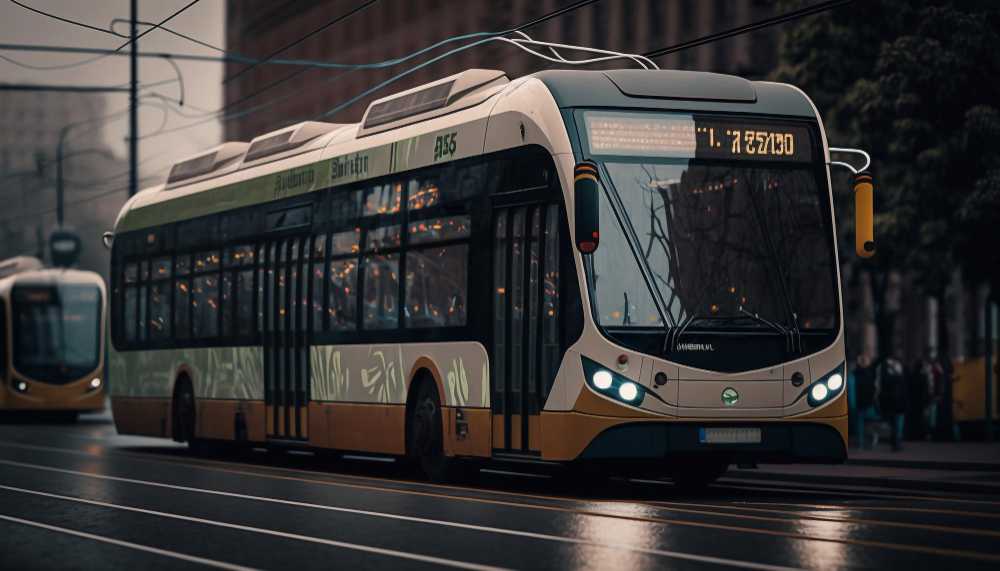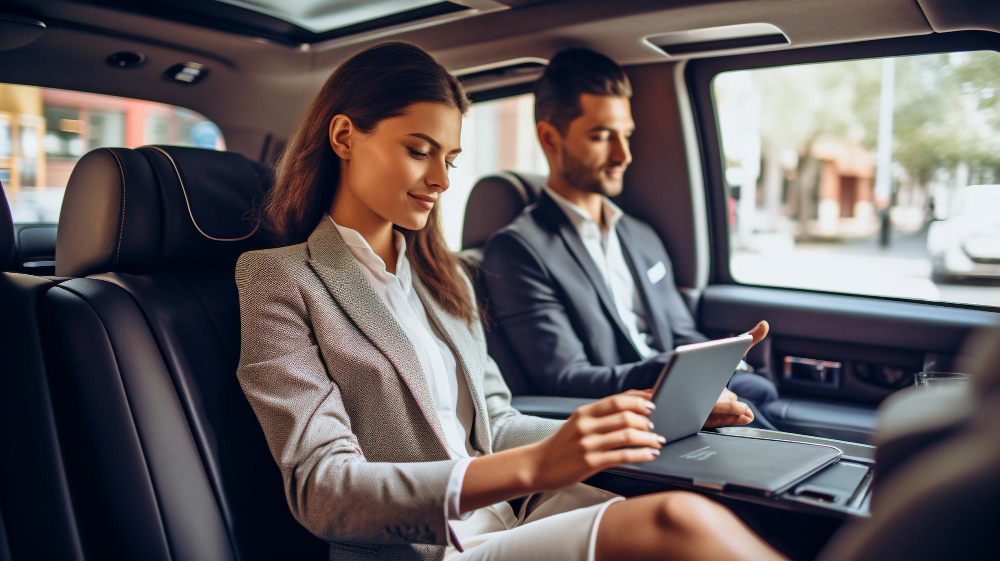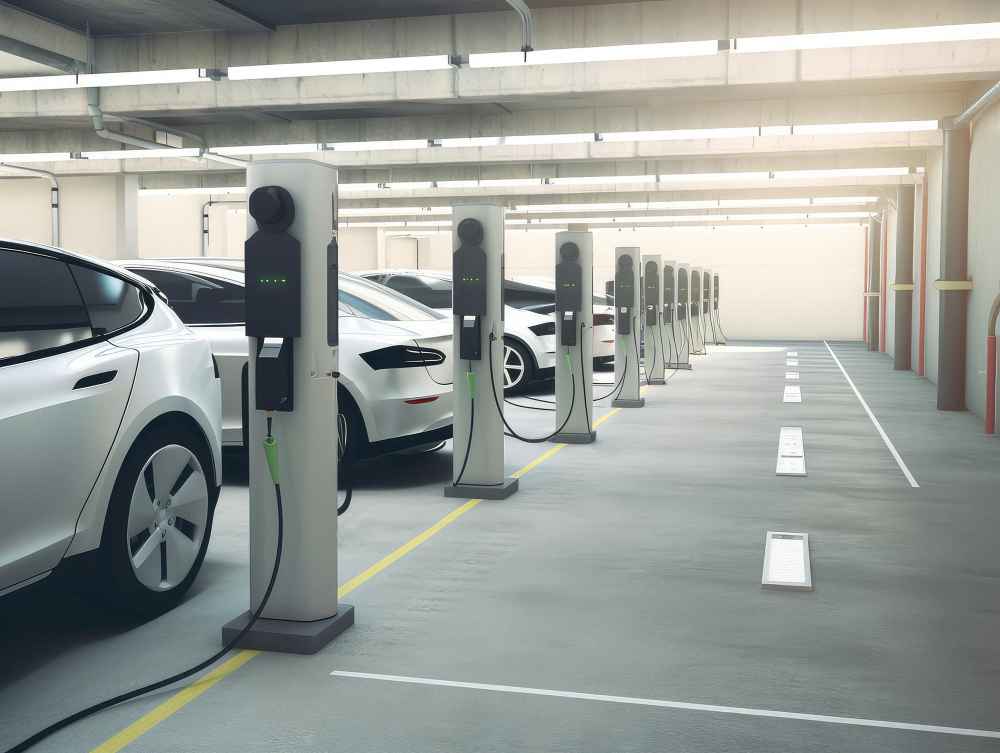Mass Rapid Transit Systems, such as metro rail networks, have proven to be a game-changer in improving urban mobility. These systems offer a fast, reliable, and eco-friendly mode of transportation, reducing congestion on the roads. Expanding and integrating metro networks into existing transport infrastructure can provide seamless connectivity, enhancing the accessibility of different areas within cities.


BRT systems have gained popularity in many Indian cities as an efficient and cost-effective means of public transportation. Dedicated bus lanes, well-designed stations, and intelligent traffic management systems enable faster and more reliable bus services. BRT systems not only provide an affordable and accessible mode of transport but also help reduce traffic congestion and air pollution.
Shared mobility services, including ride-sharing and bike-sharing platforms, have gained significant traction in Indian cities. These services promote efficient utilization of vehicles, reduce the number of private cars on the road, and provide affordable transportation options. Leveraging mobile apps and technology, ride-hailing services offer convenient and on-demand transport, allowing users to book rides with ease.


The adoption of electric vehicles (EVs) is crucial for sustainable urban mobility in India. Encouraging the use of electric cars, e-rickshaws, and electric two-wheelers can significantly reduce air pollution and dependence on fossil fuels. Government incentives, charging infrastructure development, and awareness campaigns are vital for accelerating the transition to electric mobility.
Integrated mobility solutions aim to provide seamless travel experiences by integrating different modes of transport. Mobile applications that offer real-time information, multi-modal trip planning, and ticketing services allow commuters to navigate through various transportation options effortlessly. Integrated mobility solutions encourage the use of public transportation, reduce congestion, and optimize travel routes.
Addressing the last-mile connectivity challenge is crucial for efficient urban mobility. Integrating modes like e-rickshaws, e-scooters, and bike-sharing services with major transit hubs can bridge the gap between public transportation stops and final destinations. Last-mile connectivity solutions provide convenience, reduce reliance on private vehicles, and promote sustainable urban mobility.